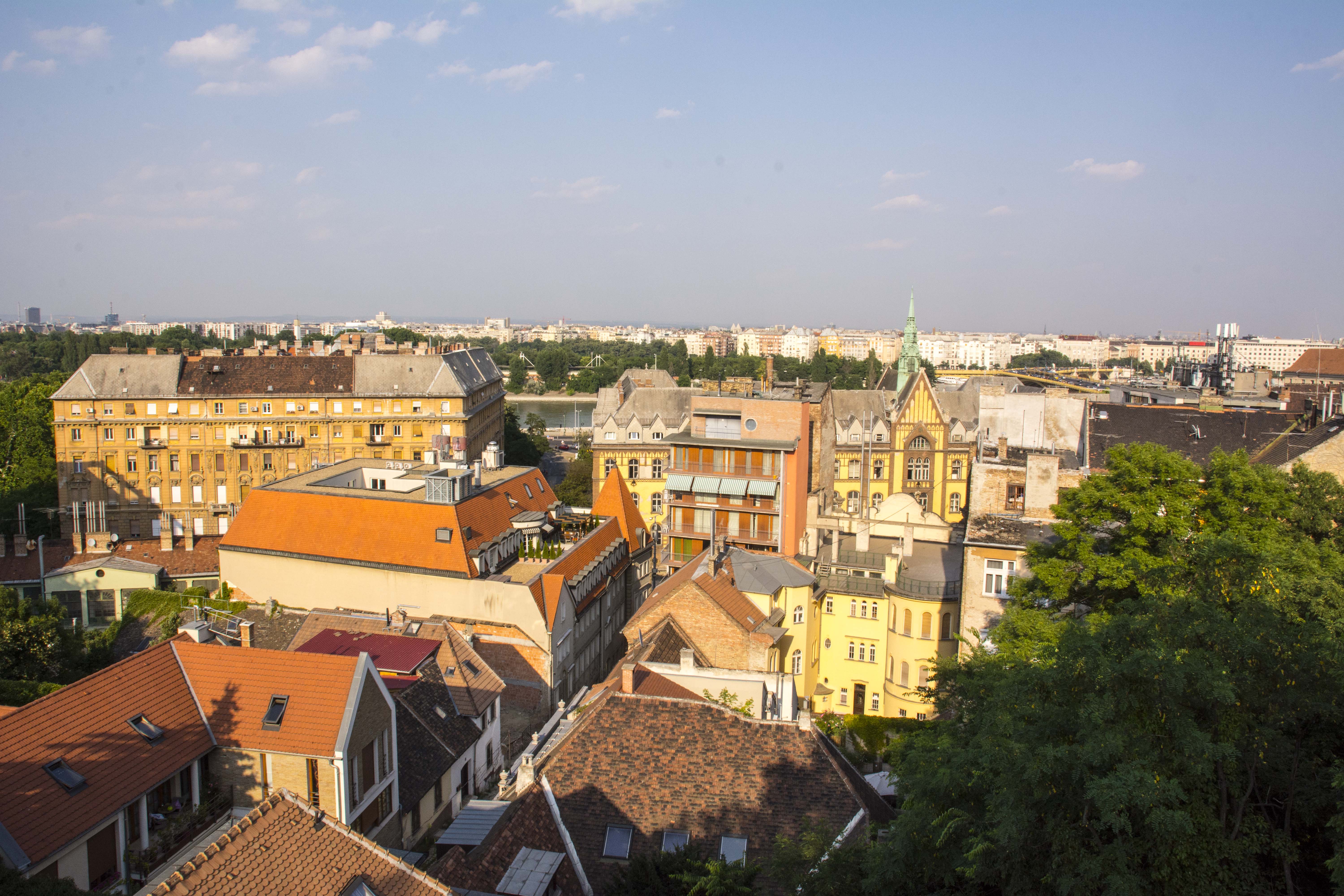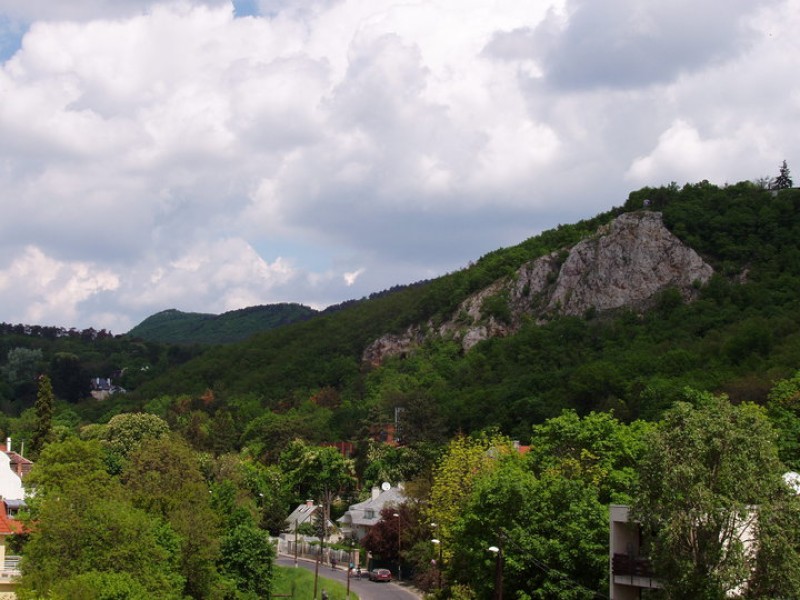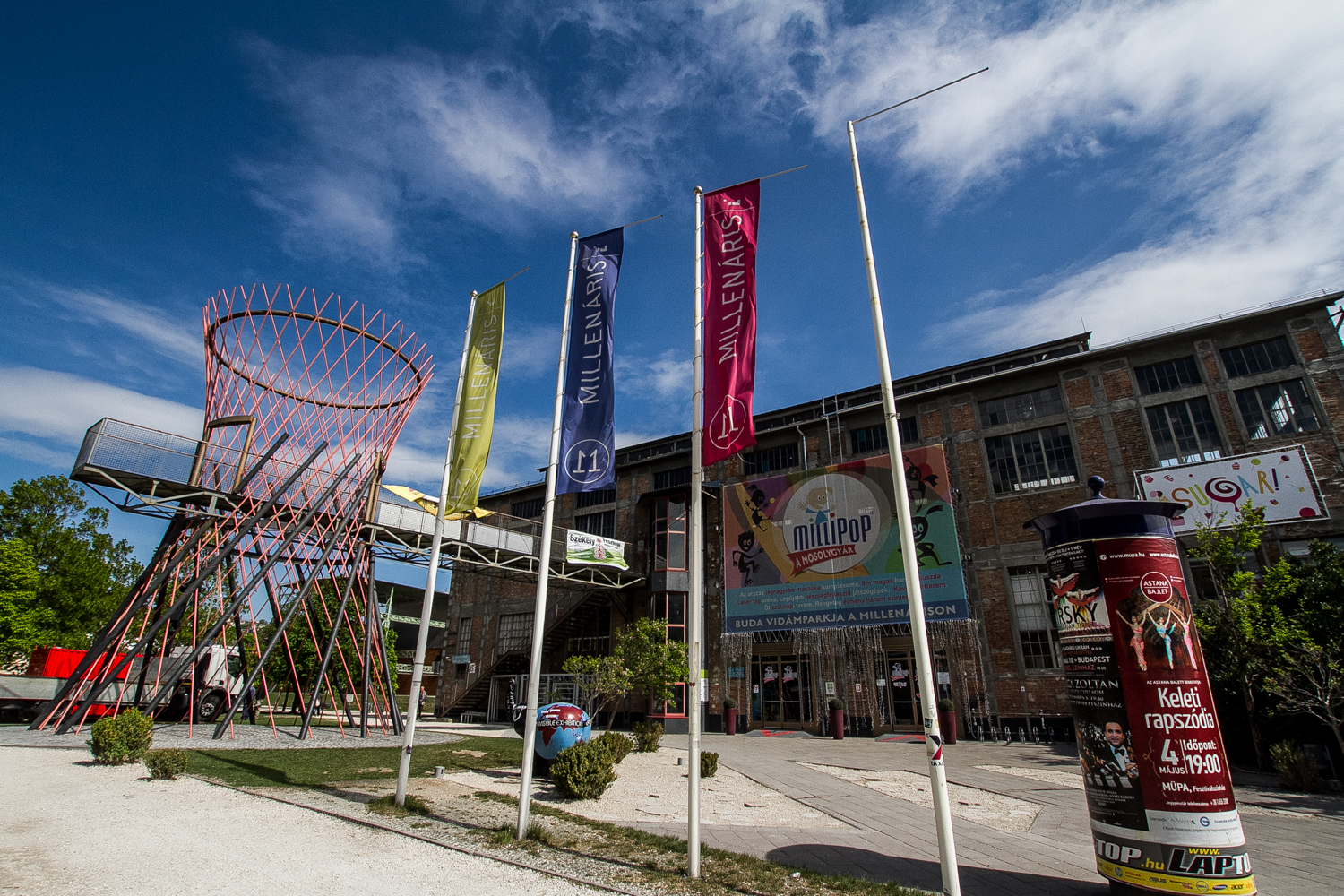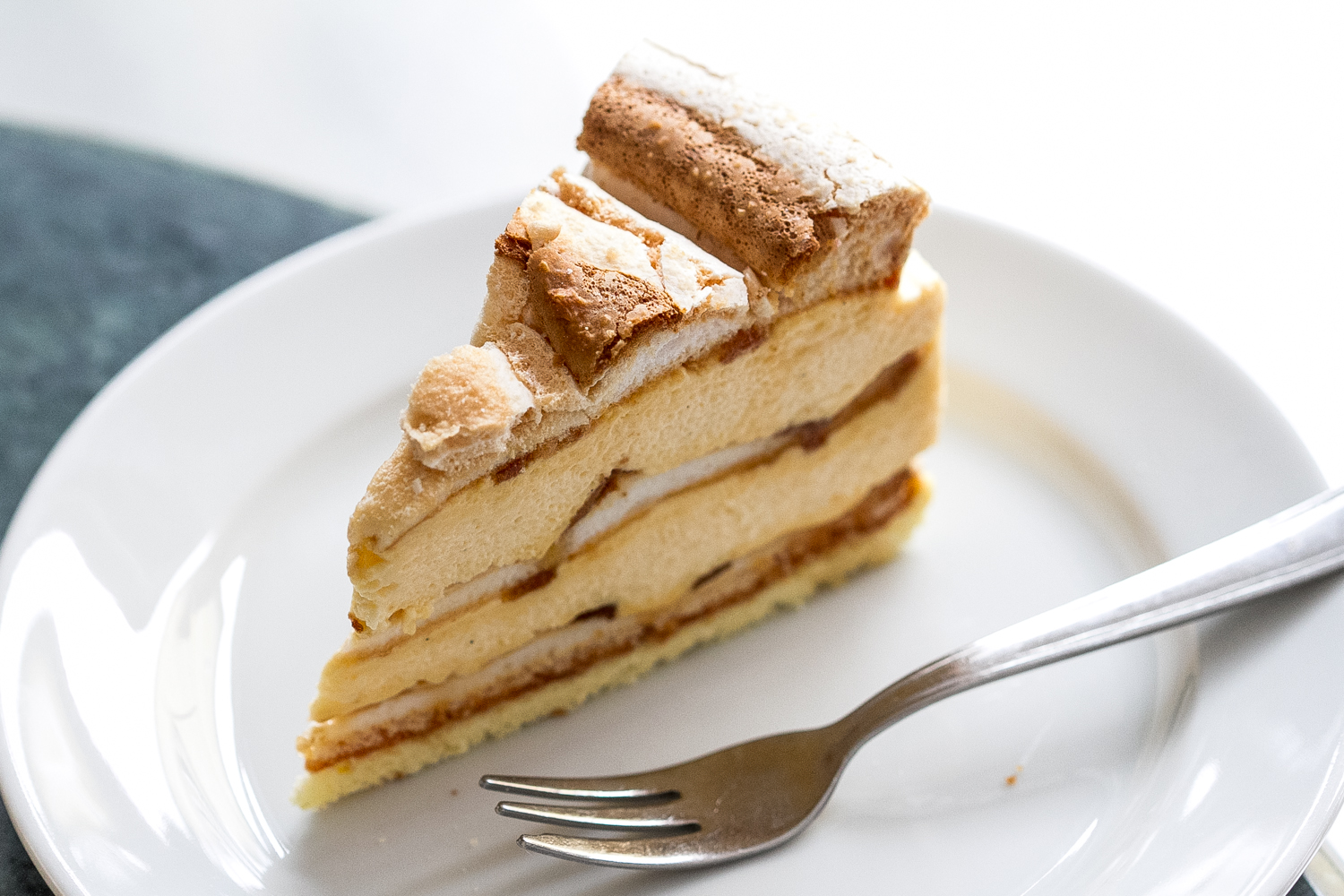The residents of Budapest''s Second District are envied throughout the city for a reason. Although most neighbourhoods are kilometres away from lively downtown areas, this supposed disadvantage is what makes the Second District so attractive: quiet streets surrounded by flora and fauna soothe your mind and soul, and provide a shelter from the city''s chaos. Regardless, it''s still supplemented by a cosmopolitan vibe, so the district''s image is not as clear-cut as it seems.
2/8
Transportation
Listing all the tiny buses – which, with their small spaces and usual faces, perfectly harmonize with the district’s laidback, homely atmosphere – would require more time than reading War and Peace, so let’s just skip to the major means of transport. Széll Kálmán tér (the artist formerly known as Moszkva tér), one of the busiest junctions in the city, lies on the border of three districts, and provides an access to tram 4 and 6 (with both lines criss-crossing through from one Buda-side juntion to another), tram 61 (with a terminal station called Hűvösvölgy (Cold Valley), from where the Children’s Railway kicks off its journey), metro line 2, and 17 bus lines.
3/8
Sights to behold
Gül Baba (The Father of Roses) was an Ottoman Bektashi dervish poet and Sultan Suleiman’s companion. Details about his life have faded into the past, but it is known that he was a well-respected figure. Gül Baba died in Buda in 1541, and, according to the legend, the Sultan himself was among his coffin bearers. After his death, he was declared the patron saint of Budapest, and his tomb, the northernmost site of Islamic pilgrimage in the world, was erected on today’s Rózsadomb (Hill of Roses).
A pair of showcaves, Pál Valley Cave and Szemlő Hill Cave, await those who’d like to literally go underground. The former was, strangely, discovered by a sheep, although the sheep had neither a PhD, nor the necessary tools for such an exploration, just happened to be at the right place at the right time: the cave’s ceiling collapsed under him. Pál Valley Cave takes you to a magical world full of spectacular stalactite formations, some of which resemble animals, christmas trees, willow trees, and whatever your imagination comes up with. Szemlő Hill Cave might not be as spectacular as its psychedelic rival, it would be foolish not to denote it as a special place. A series of climatological observations in the 1980s revealed that the air inside Szemlő Hill Cave is more than capable of lessening the symptoms of, and even curing respiratory diseases.
5/8
Arts and culture
Millenáris Park, located on the former territory of Ganz Electric Factory and housed by the renovated buildings thereof, on one hand, as the name suggests, serves as a park. On the other hand, it serves as a scene for exhibitions, concerts, and theatrical performances. One of Millenáris Park’s must-sees is the Invisible Exhibiton, a unique journey through a pitch black parallel reality, where, for your sight is of no use, you must navigate with your other senses. Your guides are blind or partially sigthed persons, who lead you through 7 differently furbished rooms where you'll face various tasks of everyday life.
6/8
Dishes and delicacies
is an award-winning Japanese restaurant characterized by a matching, minimalist interior that leaves a bit to be desired, although the deficiencies will surely fade away the moment you taste the dishes courtesy of masterful chefs. is the best confectionary on the Buda side, and perhaps the best in the city. Due to 110-year-old traditions and a vast amount of experience, their cakes are mouth-watering, while their ice creams are, we dare to say, heavenly. It is such a renowned venue that some real estate agencies include Daubner in their ads as a point of reference to make flats more sellable. (Fény Street Marketplace), neighbouring Mammut and Mammut 2, a pair of conjoined malls, is full of farm-grown vegetables, handmade and home-made delicacies, gourmet shops, and hash houses providing authentic Hungarian dishes.
The Mammuts not only house heaps of shops, they also provide several opportunities to party like a Wall Street broker in the 1980s, with Dokk Café being a prime example. The place is a tad pretentious, and looks like as if it was designed by someone watching Pink Panther cartoons high on cocaine. Nevertheless, it’s popular among youngsters, and gets really crowded when summer’s gone and the temperature drops. Káplár Söröző, situated a corner away from Széll Kálmán tér, can easily become your favourite cheap pub in the district. The walls are plastered with sailor motifs, though, due to the constant twilight and the booze discounts, you probably won’t notice them. A different drink is sold for half the price every day of the week, and there’s a juke box and a foosball table.
8/8
Healthy options
Veli Bej, one of the least well-known baths in Budapest, was built during Hungary’s Ottoman occupation. The bath has gone through some tough times, but has been beautifully renovated over the previous decade. Architects and archeologists taking part in the renovation process restored as much of the original, multiple century-old constructions as humanly possible. As for the services, besides the expected high-end possibilities, pools of water rich in calcium carbonate await those with rheumatic problems or post-surgery symptoms.












